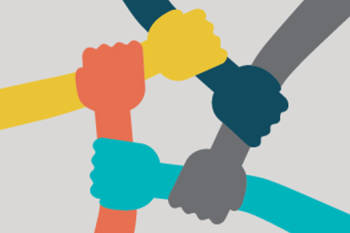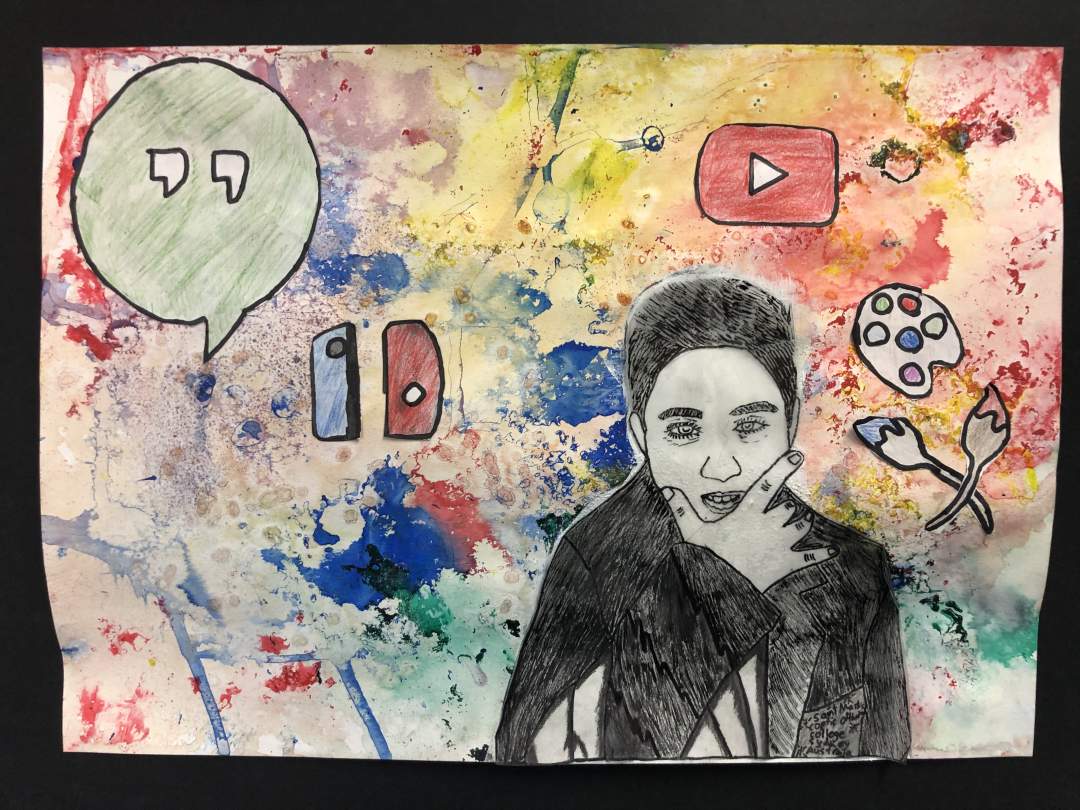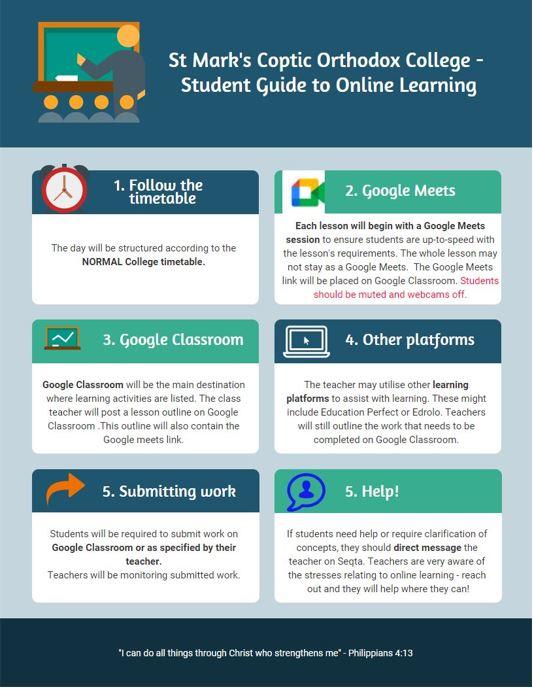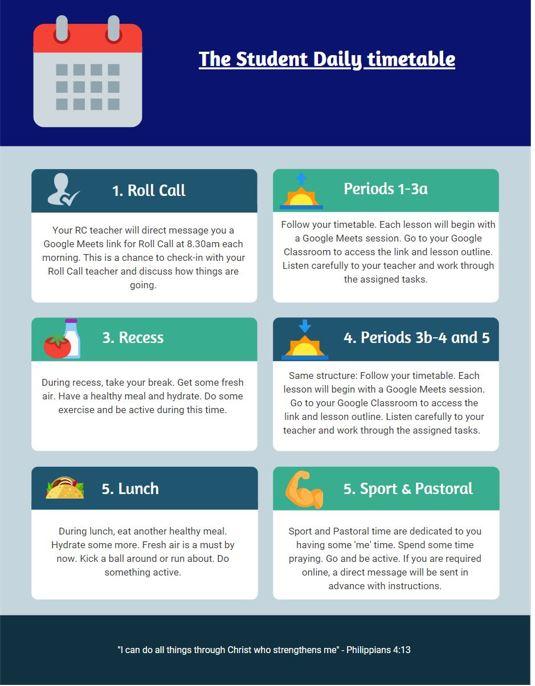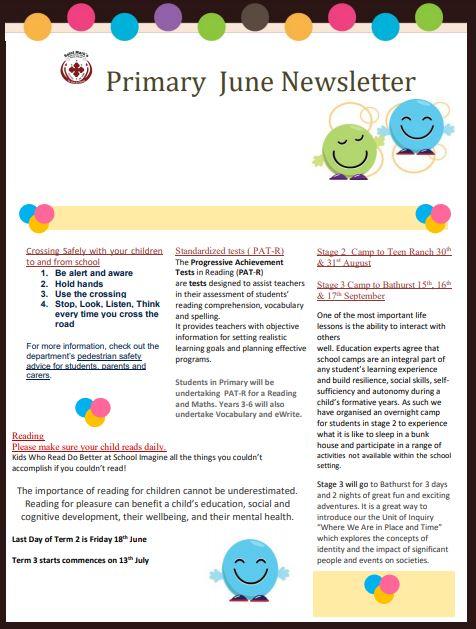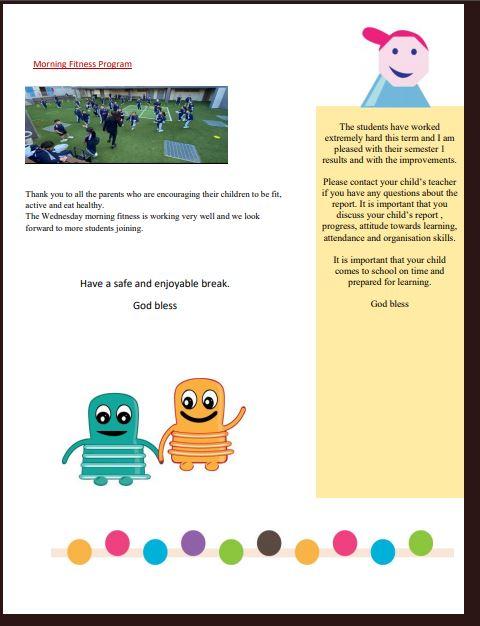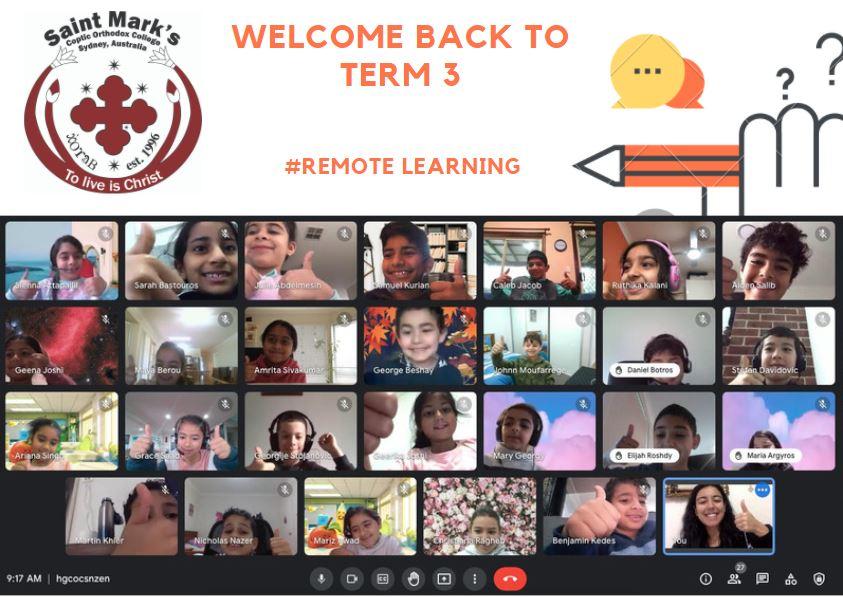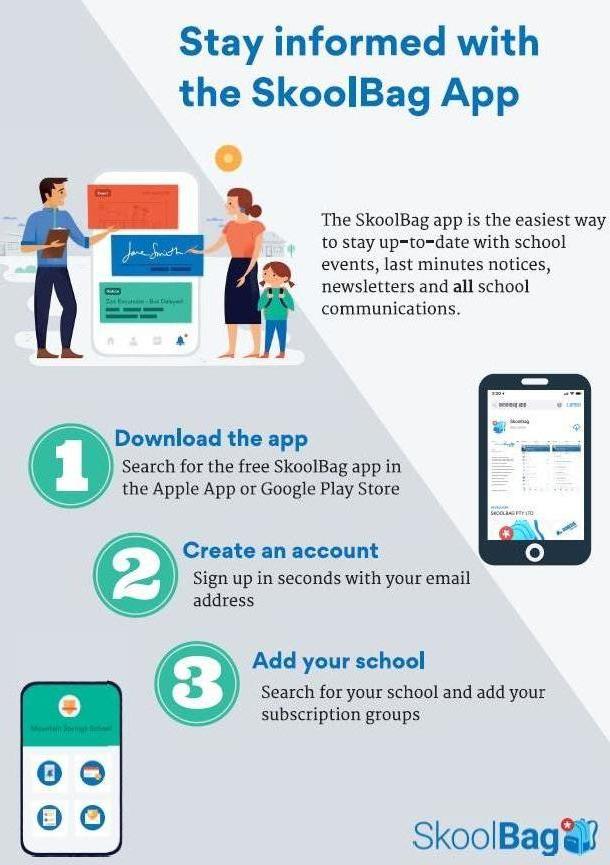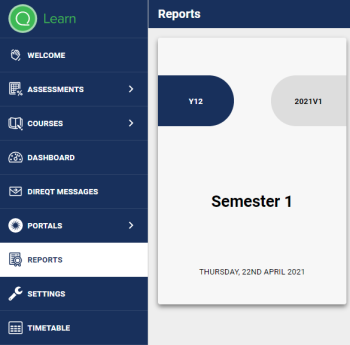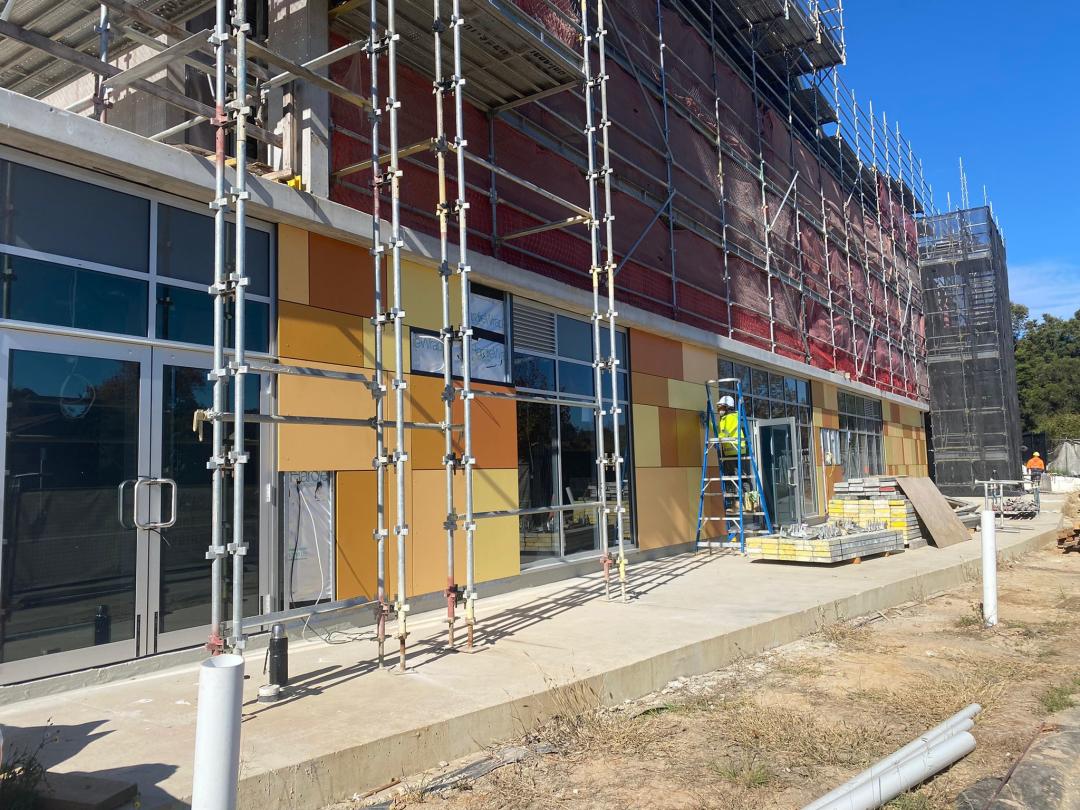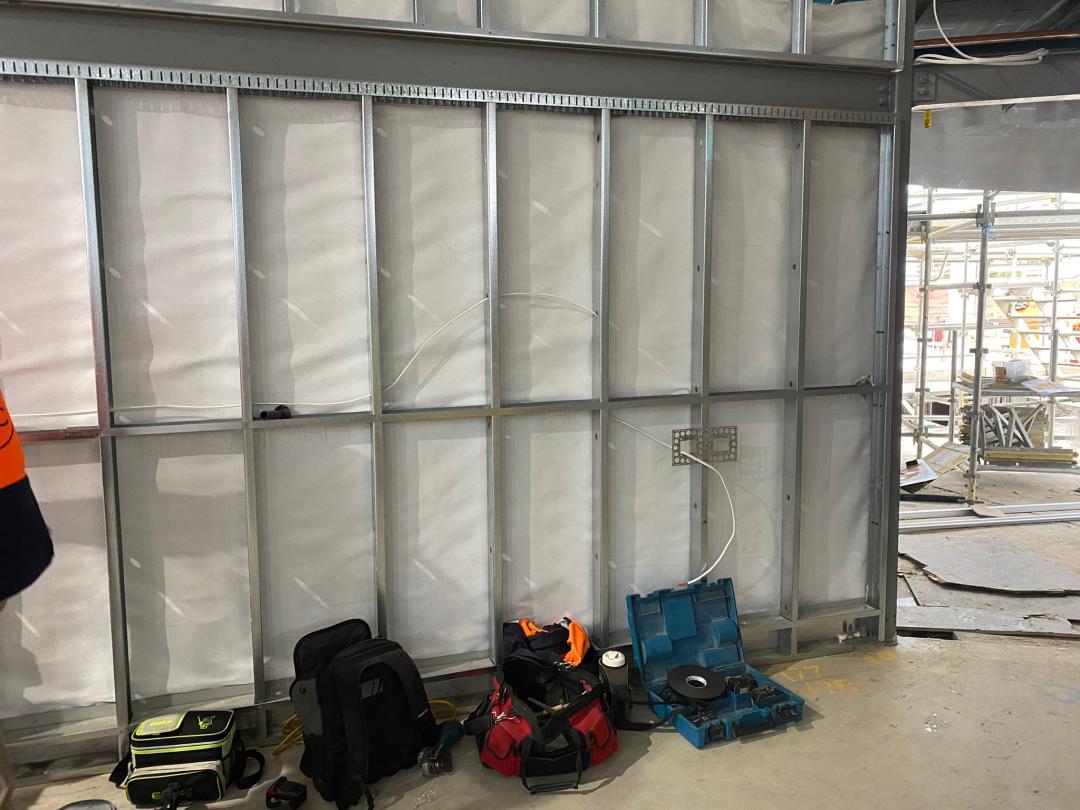Tips for Parents
We tend to idealize childhood as a carefree time, but youth alone offers no shield against the challenges of life.
The current health emergency in NSW related to the COVID-19 pandemic and the consequent restrictive measures of quarantine are causing stress, difficulties, and negative effects on the well-being of individuals.
Parents are adjusting to new work-from-home arrangements, forced into full-time care as well as home-schooling their children while being socially isolated and physically restricted. Consequently, the stress levels of many parents’ increase which can possibly have a negative impact on the quality of the relationship with their child as well as everybody’s well-being.
As a parent you may find the following set of strategies useful in helping your child navigate through the current situation, promote resilience and support their socioemotional well-being.
Identify and recognise your own emotions. It is important that you take some time to identify, recognise, label and self-regulate the wide range of emotions the current situation triggers for you with a view to helping your child manage theirs.
Help your child to understand how they feel and to share their feelings. Children are learning how to label what they feel so engaging in warm and respectful conversations with your child with a view to helping them accept, identify and value their feelings will help them control their own emotions.
Give your child voice where you can. Ask questions of your child to explore their knowledge of the current situation and also how they feel about it. Create situations where you listen to your child’s views and how they are living the current situation at home.
Children need to feel safe and secure. Ensure your child knows that they are safe and that this event is temporary. In this way, your child will feel confident and protected which will help create a stronger emotional relationship with you.
Observe changes in your child’s behaviour. Pay attention to any behavioural changes and engage in a warm and respectful conversation to accept and validate such changes. As a result, children will know that this is normal, and that adults are there to understand and support them.
Keep routines in place. Children and young people need a clear structure in their lives so keeping the normal routine at home as much as possible will support them.
Keep a positive attitude. Don’t let stressful situations overwhelm you. Make every effort to reassure your child by letting them know that this just a temporary situation and that there are positive things about spending more time together.
Monitor or limit media exposure. Limit the consumption of news and regulate the information children are exposed to since this could trigger feelings of fear or sadness or even depressive symptoms.
Take care of your own mental health. It has been documented that when adults are highly stressed or anxious, children start becoming stressed and anxious too. Pay attention to your own mental health and attend any potential mental health-related problem such as continuously feeling scared, depressed or anxious for example, which could negatively impact young children’s well-being.
Stay in touch virtually. Create opportunities for you and your child to share experiences with other family members and friends. By connecting virtually everyone is able to share feelings and learn from other perspectives.
Model appropriate coping behaviours. Help your child to develop appropriate coping behaviours by engaging in activities such as listening to music, reading together, playing board games or exercise.
Understanding the difference between social distancing and physical distancing. Physical distancing is the epidemiological-related strategy that governments put in place to stop the spread of the virus since it can travel from one person to another by close physical proximity, however, the term social distancing may have been misunderstood. Adults should be aware of the need to differentiate these terms and avoid using social distancing in order not to discourage vital social interaction. Social interaction can still take place with the use of technology while avoiding physical proximity.


